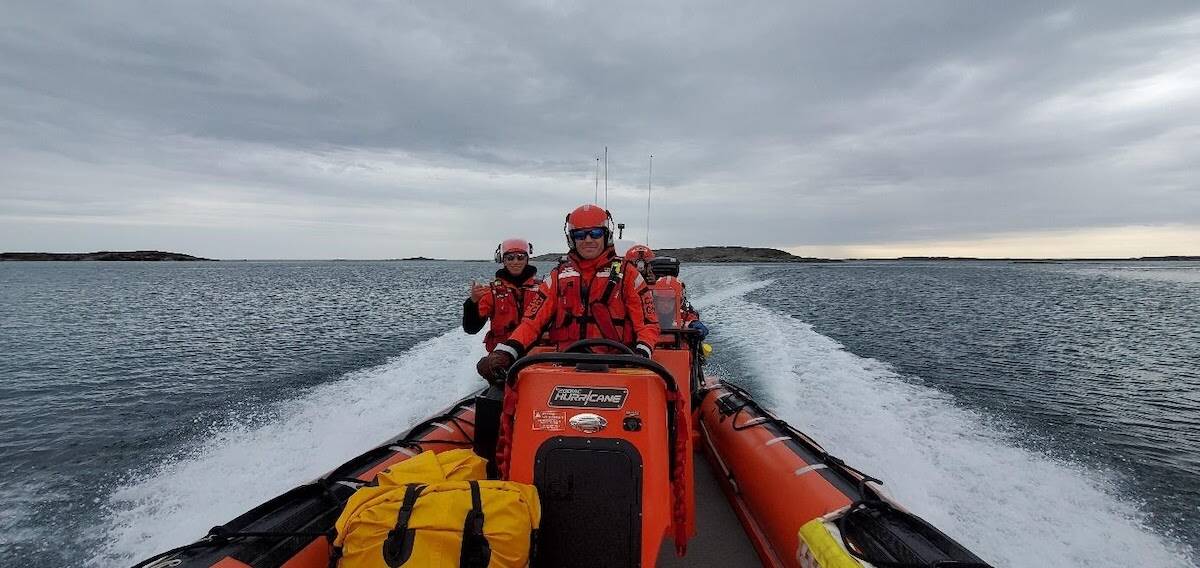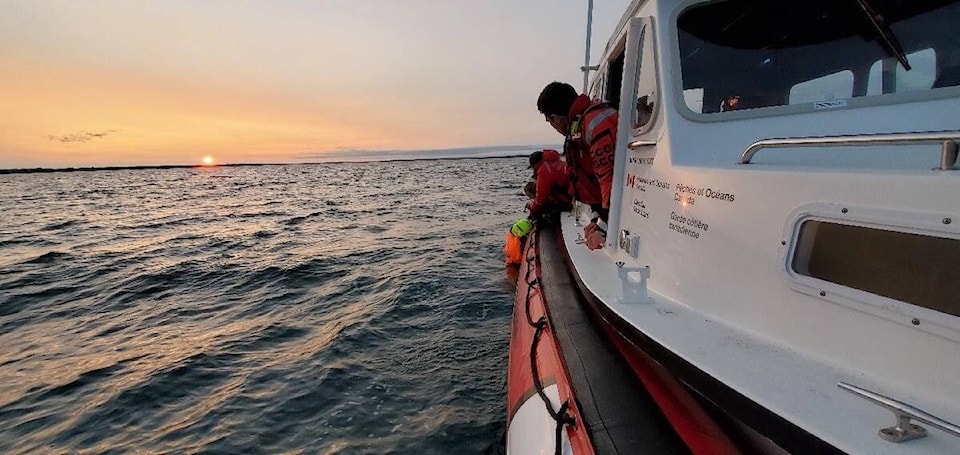The Canadian Coast Guard’s inshore rescue boat station has wrapped up another successful season in Rankin Inlet.
The program was started four years ago as a way to serve communities as far North as Chesterfield Inlet and as far south as Whale Cove, while encouraging Indigenous students from across Canada to get experience working for the Coast Guard.
The Rankin Inlet team is made up of two crews of four, a total of eight students, six of whom are Indigenous including two Inuit.
“Those students have been very important in teaching Inuktitut,” said Emma Moore, senior officer with the Coast Guard’s Search and Rescue program.
This summer the station was operational from June 16 to Sept. 7. The students completed pre-season training in Perry Sound from May 3 to May 30 before relocating to Rankin Inlet where they received electronic navigational training, medical training, and courses on local knowledge.
Most of their training is based on being prepared for any situation which might arise, according to Moore. The students also spent a great deal of time learning about popular hunting places and safe havens where they can go in the case of an emergency.
“A lot of the areas are uncharted, so they’ll go in their and mark them themselves. We mark them for ourselves because we obviously don’t have the ability to say there’s a shoal here,” said Moore.
“We have a partnership with the Canadian hydrographic services. They have had chips into our vessels. They track all of our data on the vessel. Basically we’re doing a sounding for them. They use that data to update the charts for the area.”
Koonoo Arreak-Mackey was one of the two Inuit students to be a part of the team this summer. The 21-year-old from Kuujjuaq was returning for her second year after taking part in the program last summer.
“I enjoy being out on the land and the water and helping people. It’s a pretty fun summer job,” she said.
Arreak-Mackey said that COVID-19 restrictions made it more difficult to work with the community last summer.
“It was still really interesting to get on the water and go on all these adventures and see all this land around Rankin,” she said.
“This summer the restrictions weren’t as harsh so it was really nice to be able to get know people in the community and get involved.”
In total the crew carried out carried out a total of four training exercises, one of which was a joint exercise with the Rankin Inlet Fire Department.
“We would task them to search for a an overdue vessel, then they would come across the person in the water and then they would do a person in water recovery, then they would treat them, then package them for transport then do a hand-off on shore for EMS.”
The crews also had to respond to three real life search and rescue scenarios this summer.
“They have responded to calls every year. So they work together as a team to make sure the outcome is as beneficial as possible,” said Moore.
Although the details of the calls are confidential, Arreak-Mackey said having to perform actual rescues comes with the territory.
“It’s stressful but it’s also an adrenaline rush when you get on the water. And it’s really rewarding to help people and they’re really grateful for you and the program,” she said.
Moore said the Coast Guard is hoping it can recruit some students from the Kivalliq to get involved in the program for next summer.
As someone who has done it twice Arreak-Mackey said it’s worth it to put your name forward.
“It will take a little bit of time to get through all the application forms but it’s totally worth it in the end. It’s fun to meet new people and cultures from across Canada.”


